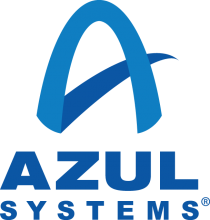- MNIST
- Autopilot (NVIDIA)
- Emojinator
- Malaria Detection
- Quick, Draw (Google)
So to pinpoint the techniques for minimization of CPU resources, I am going to discuss
- Normalization of data (How and why)
- Stripping channels from the images. Instead of all the 3 color channels, can use only 1 or use them separately to train the model.
- Rescaling/augmentation of the data.
- Designing filters to filter out the object/region of interest and removing the excessive background noise.
- Using fit_generator capability of tensorflow. Instead of loading the entire dataset at once which might crash the RAM. We can use multiprocessing in loading data batch-wise at runtime.
Apart from these findings, I would also require 10-12 minutes to brief about my work at Centre for Education, Research & Development for Deaf & Dumb in Pune for the construction of Indian Sign Language Recognition application for aiding the progress of kids at the school.
About the NVIDIA research paper, the total trainable parameters (as per the model described in the research paper) are 132,501. However, with my implementation, we only need to train 80,213 parameters and the accuracy can be seen in the video I shared (don't have the exact time taken but I will include those details in the talk).
For normalization, the unnormalized data takes 371us/step (accuracy - 22%), however, the normalized data takes 323us/step(accuracy -73%).
By the end of the session, the audience will have a clearer understanding of building vision based optimized models that can be run on low resources.
The emphasis would also be on contributing to the data science opensource community.

























Comments Sign in to post comments
Did you put this proposal in the wrong track?
Submitted by Torkild Resheim on Tue, 2019-06-18 11:07
Hi Akshay, did you put this proposal in the wrong track? It does not at all fit the description.
Torkild U. Resheim, PC Chair